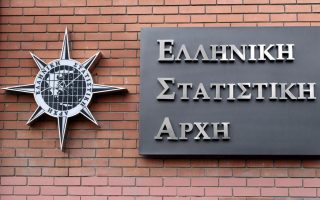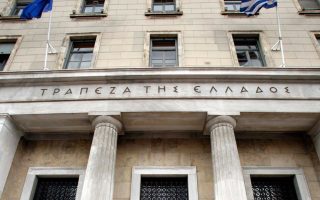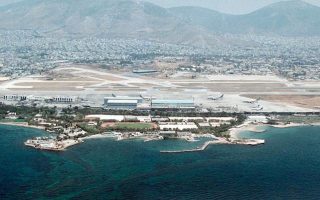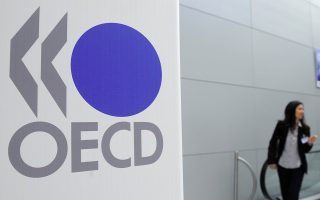Greece aims to keep primary surplus at 3.5 pct/GDP until 2022
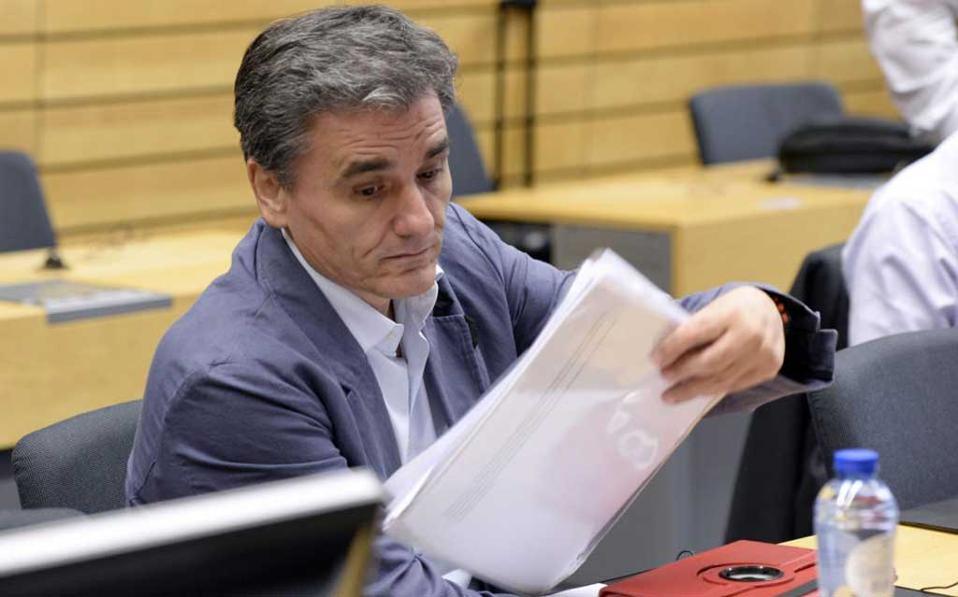
Greece wants to keep its primary budget surplus – the balance before debt servicing – at 3.5 percent of gross domestic product until 2022, a government presentation showed, signaling it expects the most generous of eurozone debt relief options.
The presentation, seen by Reuters, is the Greek growth strategy delivered by Finance Minister Euclid Tsakalotos at a meeting of eurozone finance ministers in Sofia last Friday.
Greece is due to exit its eurozone bailout program and start making its own independent policy on Aug. 20. After that, its main objectives are to ensure fiscal sustainability and foster inclusive, fair and sustainable growth, using available financing tools, according to the strategy.
Under the fiscal sustainability section, Tsakalotos says the goal is: “keeping to primary fiscal surplus of 3.5 percent until 2022” and “using the available fiscal space to reduce the tax burden and increase social spending.”
The strategy assumes real GDP growth above 2 percent over the medium term “supported by a strong rebound in investment and private consumption.”
Greece would continue to implement public finance management reforms and ensure the implementation of tax administration reforms to tackle evasion.
The plan also envisages the design of a “gradual increase in the minimum wage, compatible with the needs of the real economy” and the restoration of collective bargaining.
The eurozone bailout fund ESM prepared three options in May last year to assess Greece’s debt relief needs when it returns to market financing after eight years of living on cheap eurozone loans under the bailout in return for painful reforms.
Under the first scenario, the ESM said Greece would need no debt relief if it kept the primary surplus at or above 3.5 percent of gross domestic product until 2032 and above 3 percent until 2038.
The International Monetary Fund believes this is an unrealistic assumption.
But the ESM also produced a scenario which assumes that Greece would get the maximum possible debt relief under an agreement reached by euro zone ministers in May 2016.
Under that fullest debt relief option, Greece would have to keep its primary surplus at 3.5 percent until 2022 – like in the growth strategy presented on Friday – and could then lower it to around 2 percent until the mid-2030s and to 1.5 percent by 2048, giving an average of 2.2 percent in 2023-2060.
This option described by the ESM last year would also entail the extension of average weighted loan maturities by 17.5 years from the current 32.5 years, with the last loans maturing in 2080.
The ESM would also limit Greek loan repayments to 0.4 percent of Greek GDP until 2050 and cap the interest rate charged on the loans at 1 percent until 2050. Any interest payable in excess of that 1 percent would be deferred until 2050 and the deferred amount capitalized at the bailout fund’s cost of funding.
The ESM would also buy back in 2019 the 13 billion euros that Greece owes the IMF as those loans are much more expensive than the eurozone’s.
All this would keep Greece’s gross financing needs at 13 percent of GDP until 2060 and bring its debt-to-GDP ratio to 65.4 percent in 2060, from around 180 percent now.
Talks on whether Greece will need debt relief – and to what extent – after it exits the bailout are likely to be concluded at a meeting of eurozone ministers on June 21, based on a new debt sustainability analysis and the latest economic data.
The potential debt relief is also likely to include a mechanism to link debt repayments to the rate of Greek economic growth – a so-called Growth Adjustment Mechanism. [Reuters]

